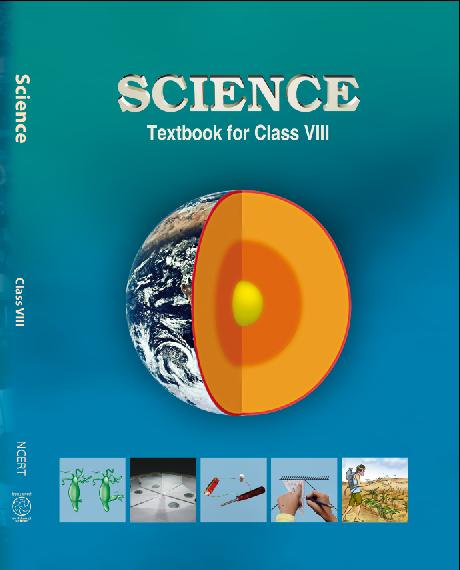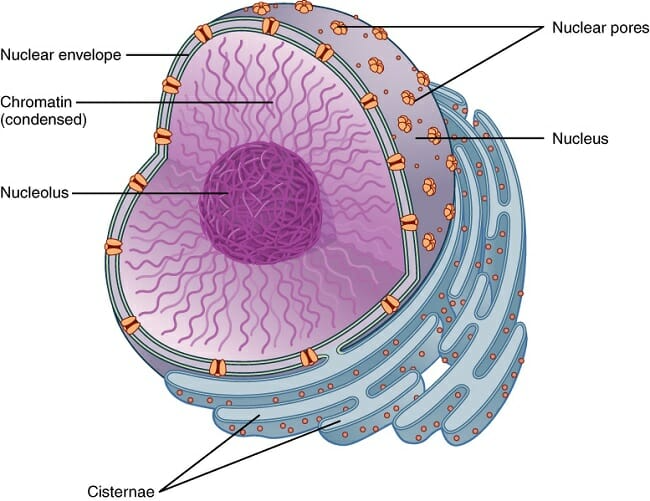Class 8 - Science
Chapter 4 - Materials Metals and Non Metals

Top Block 1
Question :1. Which of the following can be beaten into thin sheets?
(a) Zinc
(b) Phosphorus
(c) Sulphur
(d) Oxygen
Answer :
(a) Zinc
Question :2. Which of the following statements is correct?
(a) All metals are ductile.
(b) All non-metals are ductile.
(c) Generally, metals are ductile.
(d) Some non-metals are ductile.
Answer :
(c) Generally, metals are ductile.
Question :3. Fill in the blanks.
(a) Phosphorus is a very ______________ non-metal.
(b) Metals are __________________ conductors of heat and ______________.
(c) Iron is ______________ reactive than copper.
(d) Metals react with acids to produce ____________ gas.
Answer :
Fill in the blanks.
(a) Phosphorus is a very reactive non-metal.
(b) Metals are good conductors of heat and electricity.
(c) Iron is more reactive than copper.
(d) Metals react with acids to produce hydrogen gas.
Question :4. Mark ‘T’ if the statement is true and ‘F’ if it is false.
(a) Generally, non-metals react with acids. ( )
(b) Sodium is a very reactive metal. ( )
(c) Copper displaces zinc from zinc sulphate solution. ( )
(d) Coal can be drawn into wires. ( )
Answer :
Mark ‘T’ if the statement is true and ‘F’ if it is false.
(a) Generally, non-metals react with acids. (F)
(b) Sodium is a very reactive metal. (T)
(c) Copper displaces zinc from zinc sulphate solution. (F)
(d) Coal can be drawn into wires. (F)
Question :5. Some properties are listed in the following Table. Distinguish between metals and non-metals on the basis of these properties.
| Properties | Metals | Non-Metals |
|---|---|---|
| 1. Appearance | ||
| 2. Hardness | ||
| 3. Malleability | ||
| 4. Ductility | ||
| 5. Heat conduction | ||
| 6. Conduction of Electricity |
Answer :
| Properties | Metals | Non-Metals |
|---|---|---|
| 1. Appearance | Shiny | Dull |
| 2. Hardness | Very hard | Hard or Soft |
| 3. Malleability | Malleable | Not malleable |
| 4. Ductility | Ductile | Non ductile |
| 5. Heat conduction | Conductor of heat | Non-conductor of heat |
| 6. Conduction of Electricity | Conductor of electricity | Non conductor of electricity |
Question :6. Give reasons for the following.
(a) Aluminium foils are used to wrap food items.
(b) Immersion rods for heating liquids are made up of metallic substances.
(c) Copper cannot displace zinc from its salt solution.
(d) Sodium and potassium are stored in kerosene.
Answer :
(a) It maintain the temperature of food item intact as it is good conductor of heat.
(b) Metals are good conductor of electricity. That is why immersion rods are made up of metals.
(c) This is because copper is less reactive than zinc.
(d) It is because sodium and potassium reacts vigorously when come in contact with air or water.
Question :7. Can you store pickle in an aluminium utensil? Explain.
Answer :
Aluminium is a metal. Metals are more reactive with acids. That is why acidic foodstuffs like lemon pickles must not be stored in aluminium utensils.
Question :8. Match the substances given in Column A with their uses given in Column B.
| Column A | Column B |
|---|---|
| 1. Gold | A. Thermometers |
| 2. Iron | B. Electric wire |
| 3. Aluminium | C. Wrapping food |
| 4. Carbon | D. Jewellery |
| 5. Copper | E. Machinery |
| 6. Mercury | E. Fuel |
Answer :
| Column A | Column B |
|---|---|
| 1. Gold | D. Jewellery |
| 2. Iron | E. Machinery |
| 3. Aluminium | C. Wrapping food |
| 4. Carbon | E. Fuel |
| 5. Copper | B. Electric wire |
| 6. Mercury | A. Thermometers |
Mddle block 1
Question :9. What happens when
(a) Dilute Sulphuric acid is poured on a copper plate?
(b) Iron nails are placed in copper sulphate solution?
Write word equations of the reactions involved.
Answer :
(a) When Sulphuric acid is poured on copper plate, copper sulphate is formed and hydrogen gas is evolved as per following chemical equation:
Copper sulphate + Sulphuric acid -à Copper sulphate + Hydrogen
(b) When iron nails are placed in copper sulphate solution, Cu is displaced by iron. Chemical equation is as follows:
Iron nails + Copper sulphate solution à Iron sulphate + copper.
Question :10. Soloni took a piece of burning charcoal and collected the gas evolved in a test tube.
(a) How will she find the nature of the gas?
(b) Write down word equations of all the reactions taking place in this process.
Answer :
(a) When charcoal is burnt in air, carbon dioxide gas is evolved. This gas when passed into the lime water, turns it milky. This is the test for gas.
(b) Carbon + Oxygen à Carbon dioxide gas.
Question :11. One day Reeta went to a jeweller’s shop with her mother. Her mother gave an old gold Jewellery to the goldsmith to polish. Next day when they brought the Jewellery back, they found that there was a slight loss in its weight. Can you suggest a reason for the loss in weight?
Answer :
In polishing, the jeweler put the gold Jewellery in a mild acid solution (aqua regia), which on reaction with acid goes into the solution. So, this process certain amount of gold is lost to the acidic solution.


